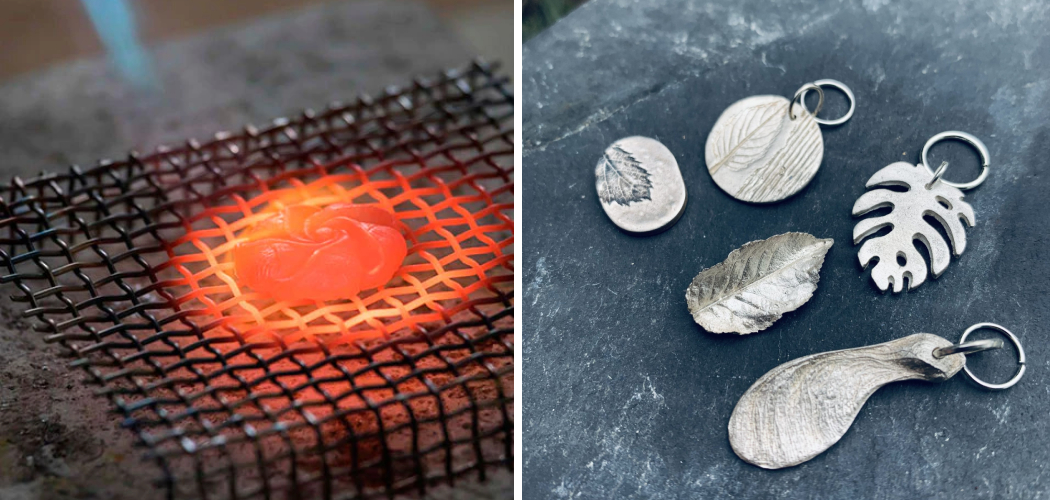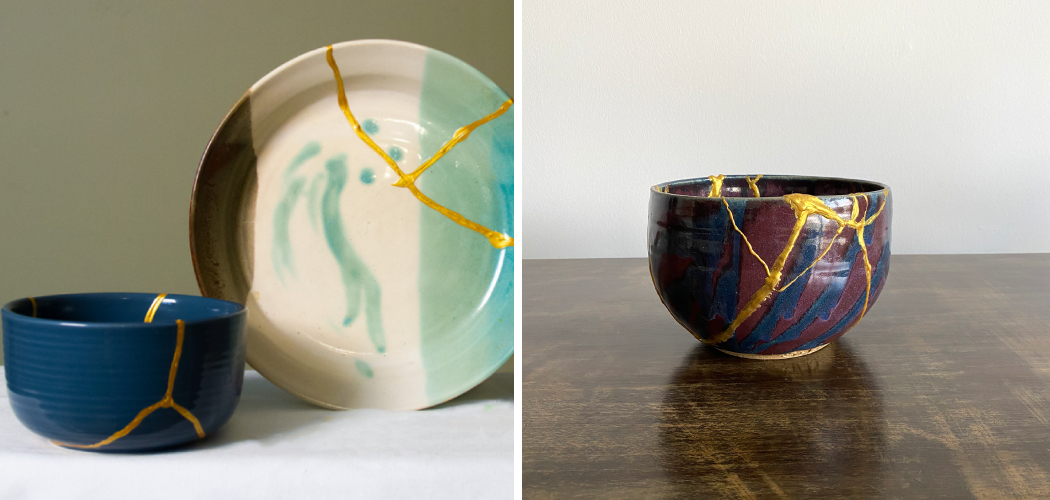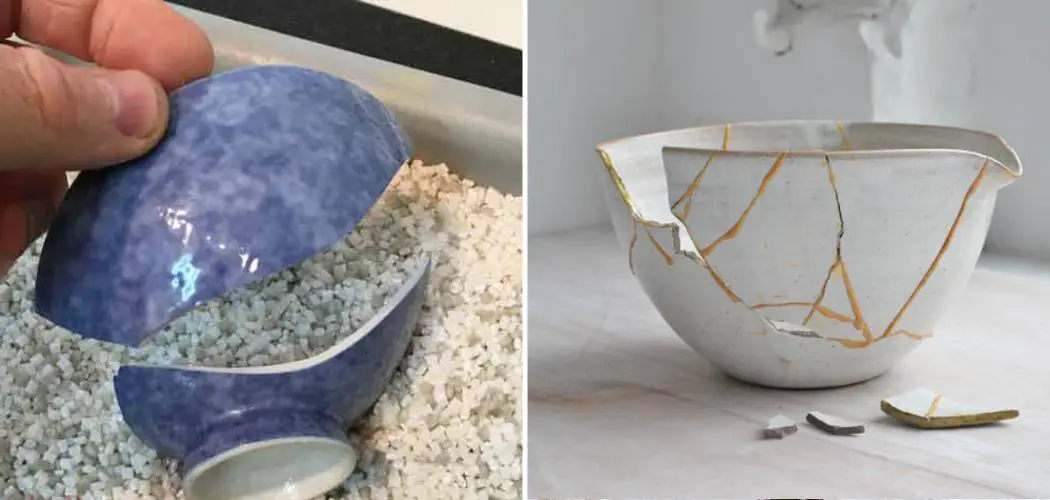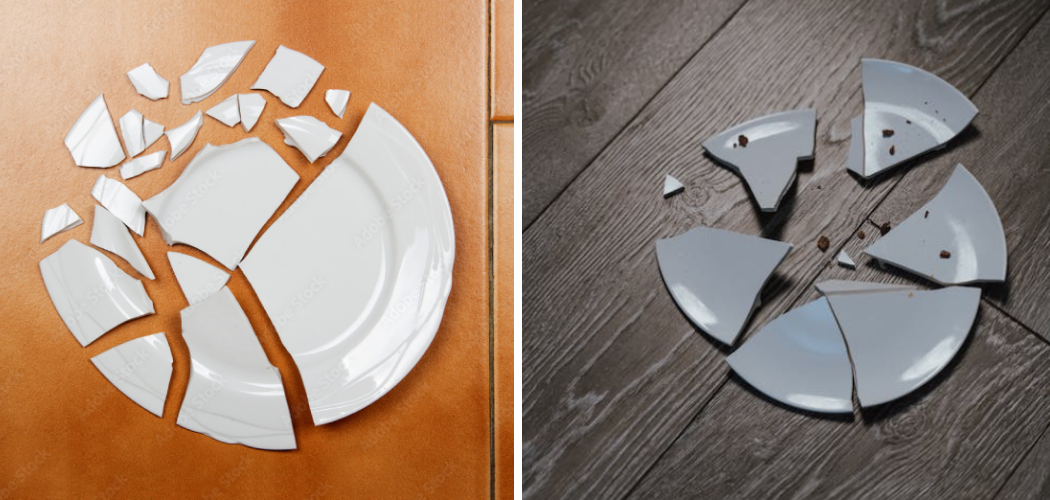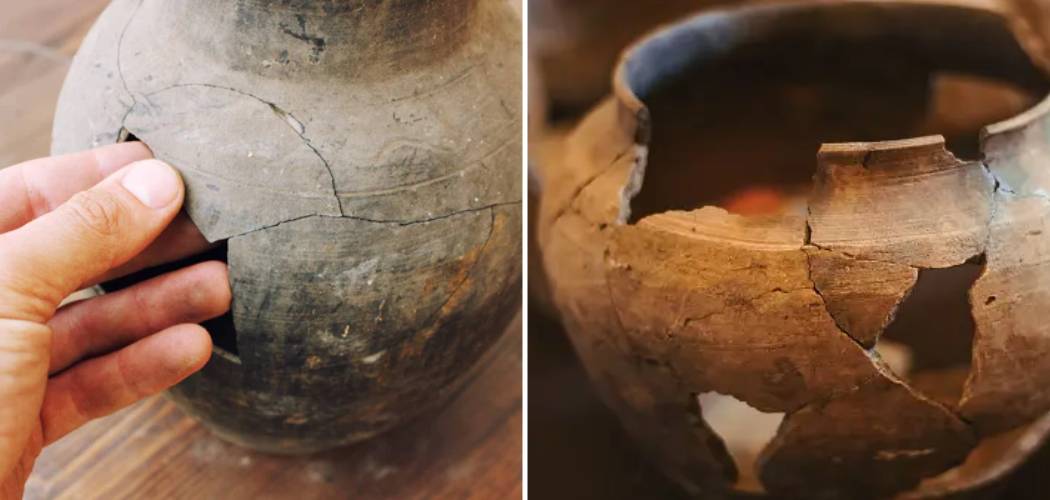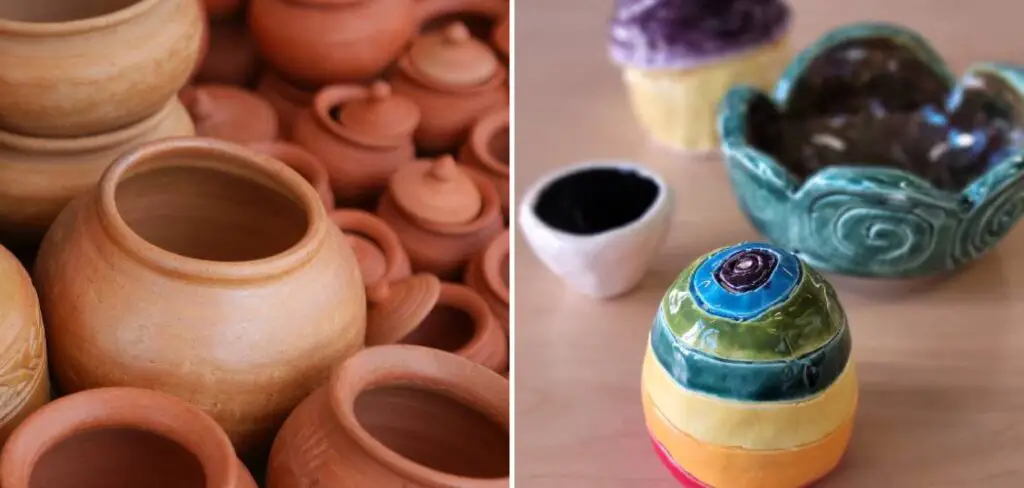Kintsugi, a traditional Japanese art form, transforms broken pottery into exquisite pieces of art by embracing the philosophy that breakage and repair are integral parts of an object’s history. The term “Kintsugi” translates to “golden joinery,” and it involves repairing shattered ceramics using lacquer mixed with powdered gold, silver, or platinum. Instead of concealing fractures, Kintsugi accentuates them, creating unique and visually striking patterns.
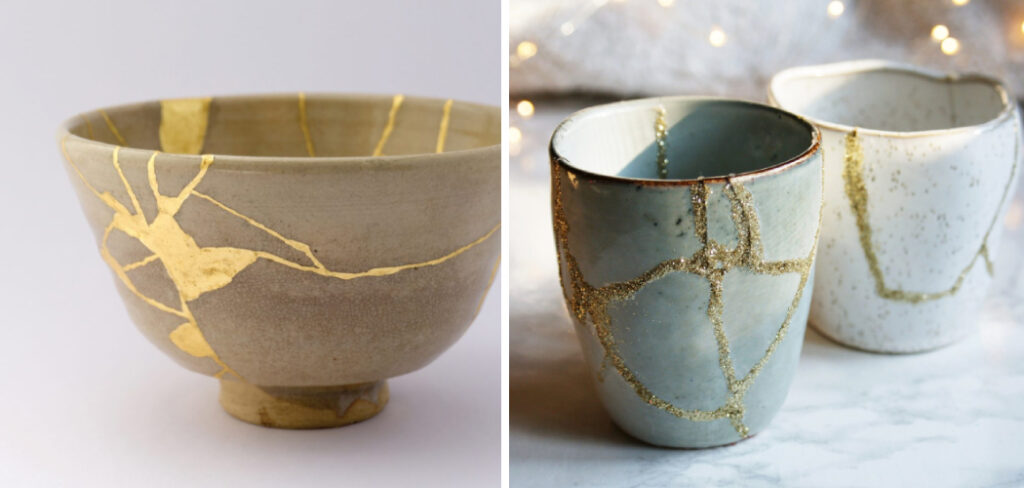
This ancient practice not only revitalizes the broken pieces but also honors the concept of impermanence and the beauty of resilience. In this exploration of what is kintsugi pottery, we will delve into the history, philosophy, and techniques behind this art form, uncovering how it has evolved into a symbol of embracing imperfections and celebrating the journey of restoration. Join us on a journey into the world of Kintsugi, where brokenness becomes a canvas for beauty and where each fracture tells a story of renewal and strength.
Table of Contents
Definition of Kintsugi Pottery
Kintsugi pottery is a traditional Japanese art form that involves repairing broken pottery with the use of gold or silver lacquer. The word “Kintsugi” itself literally means “golden joinery”, which perfectly captures the essence of this unique and beautiful craft.
History of Kintsugi Pottery
The origins of Kintsugi can be traced back to the late 15th century when the Japanese shogun Ashikaga Yoshimasa sent a damaged Chinese tea bowl back to China for repairs. Upon its return, he was displeased with the unsightly metal staples used in the mending process and thus Kintsugi was born.
Philosophy behind Kintsugi
At its core, Kintsugi is all about embracing imperfection and the beauty of broken things. It is based on the Japanese philosophy of wabi-sabi, which celebrates the acceptance of transience and imperfection in life. The philosophy behind Kintsugi teaches us that instead of hiding or throwing away our broken objects, we should cherish them as a part of their history and mend them with care.
Origin and Cultural Significance in Japanese Pottery
Kintsugi, also known as Kintsukuroi, is a traditional Japanese method of repairing broken pottery with lacquer mixed with gold, silver or platinum. This technique has been practiced for over 500 years and has become an important part of Japanese culture and aesthetics.
The exact origins of Kintsugi are unknown, but it is believed to have originated in the 15th century during the Muromachi period. This era was marked by political turmoil and civil war, leading to an increase in broken pottery and a need for repair techniques.
The philosophy behind Kintsugi is based on the Japanese principles of wabi-sabi, which celebrates imperfection and impermanence. It is believed that when something has suffered damage and has a history, it becomes more beautiful and valuable. This concept is deeply rooted in Japanese culture, where objects are often not discarded when they break but instead are repaired and cherished.
Kintsugi also has ties to the Buddhist concept of mottainai, which means “waste nothing.” This idea emphasizes the importance of preserving resources and finding beauty in imperfection.
Over time, Kintsugi has become more than just a technique for repairing broken pottery. It has evolved into an art form, with skilled craftsmen using the process to create unique and intricate designs on the mended pieces.
10 Steps How to Kintsugi Pottery
1. Gather the Materials
The first step in learning how to kintsugi pottery is to gather all of the necessary materials. These include a ceramic pot, gold powder, lacquer, and a brush. It’s important to use high-quality materials as this will ensure that your finished product looks professional and lasts for years to come. Additionally, make sure that you have a well-ventilated space where you can work without having to worry about fumes from the lacquer.
2. Prepare the Pot
The next step is to prepare the pot for kintsugi. This includes cleaning it thoroughly with soap and water and then drying it off completely before beginning any repairs. You’ll also want to sand down any rough edges or bumps on the surface of the pot so that they are smooth before applying any gold powder or lacquer.
3. Apply Gold Powder
Once the pot is prepared, you can begin applying gold powder to fill in any cracks or chips in the ceramic material. To do this, use a small brush or cotton swab dipped in gold powder and carefully apply it to each crack or chip until they are filled in completely. Make sure not to overfill them as this could cause them to become too visible when painting with lacquer later on.
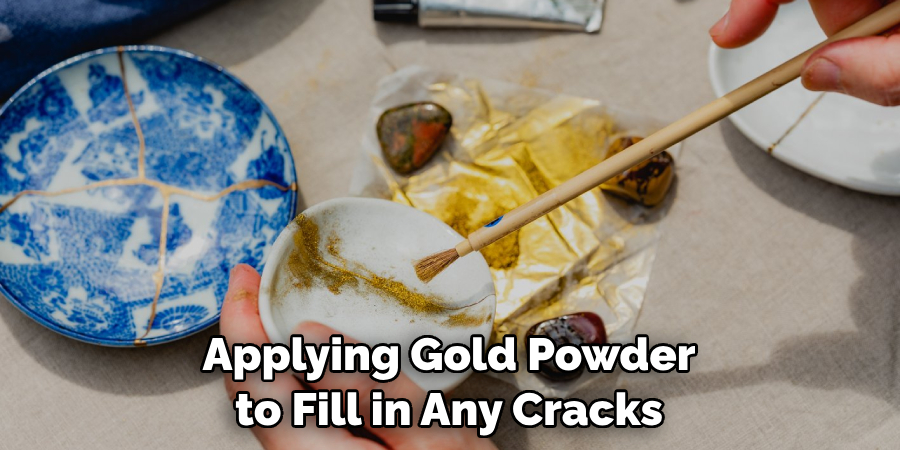
4. Paint With Lacquer
After filling in all of the cracks and chips with gold powder, it’s time to paint with lacquer over top of them. Use a small paintbrush dipped in black lacquer and carefully paint over each area until they are covered completely. Allow time for the lacquer to dry before moving on to the next step.
5. Apply Gold Leaf
Once your painted areas are dry, it’s time to apply gold leaf overtop of them for added shimmer and shine! Use a thin layer of adhesive glue on each area where you would like gold leaf applied before pressing down gently with your finger or using a soft cloth such as velvet or silk fabric overtop of it for extra protection while pressing down firmly but gently until all of your desired areas have been covered with gold leafing material! Allow time for this step as well before continuing on to the next one!
6. Seal With Lacquer
Once all of your desired areas have been covered with golden leafing material, it’s time to seal everything together by painting another layer of black lacquer overtop! This will help protect your beautiful artwork from scratches or other damage while also giving it an extra bit of shine! Allow some time for this step as well before proceeding ahead!
7. Buff & Polish
After allowing enough time for everything else to dry completely, you can now buff and polish your artwork using either a soft cloth or fine-grit sandpaper until everything looks nice and shiny! This is an important step because it helps bring out all those gorgeous details that were created during previous steps! Once finished, you should be left with something beautiful that is both unique and durable enough for years worth of enjoyment!
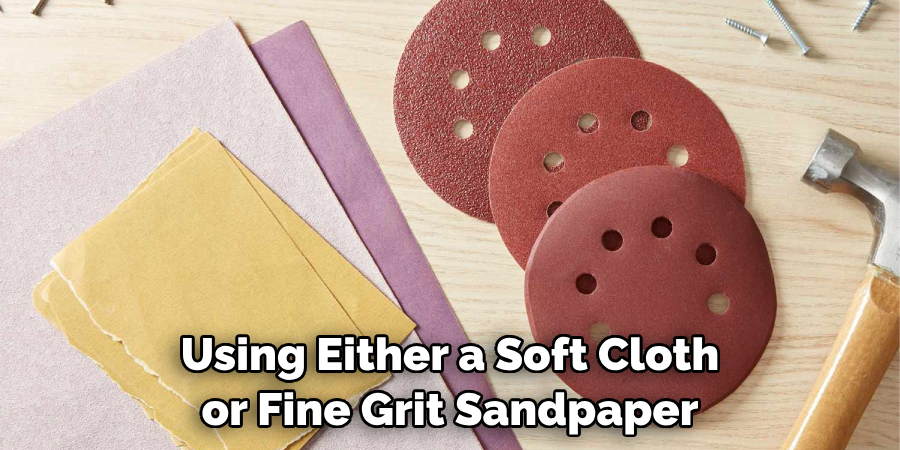
8. Clean Up & Dispose Of Materials
Now that you’ve completed your kintsugi project, it’s important that you clean up any messes made during earlier steps, such as excess glue residue or leftover pieces from sanding down rough edges on your pottery piece, before disposing of them properly according to their instructions (i..e., throwing away unused paints/glues). Be sure not to leave anything behind since these materials can be hazardous if not handled correctly, so take care when dealing with them after completing your project!
9. Show Off Your Work
Now that you’ve successfully completed your kintsugi project, why not show off your work? You can proudly display your masterpiece anywhere around your home or office – just remember not to expose it directly under sunlight since UV rays could cause fading on certain colors used during earlier steps (especially those containing metallic pigments). Alternatively, if you’re feeling generous enough then why not give away this unique gift as presents? We’re sure anyone who receives one will truly appreciate its beauty and craftsmanship!
10. Enjoy Your Kintsugi Piece
Last but certainly not least: enjoy what you’ve created! After investing so much effort into learning how to do kintsugi pottery and creating something truly unique, make sure that you take some time out every once in a while just sit back and relax while admiring its beauty – we guarantee that doing so will be more than worth every minute spent working on this project
Common Mistakes to Avoid in Kintsugi Pottery
Kintsugi pottery is a centuries-old Japanese art form that involves repairing broken objects with gold or other precious metals. This technique has been used for over 500 years and continues to be practiced today. In recent years, kintsugi ceramics have gained popularity worldwide as people discover its unique beauty and philosophy.
While it may seem like an easy process, there are several common mistakes that can easily ruin your kintsugi artwork. Whether you are a beginner or an experienced artist, it is important to be aware of these mistakes and how to avoid them in order to create a truly stunning piece.
Using the wrong type of adhesive
One of the most crucial steps in kintsugi pottery is choosing the right adhesive to repair the broken pieces. Many beginners make the mistake of using super glue or other common household adhesives, which are not strong enough to withstand everyday use and can easily cause your artwork to fall apart. It is important to use a high-quality adhesive specifically designed for ceramics, such as epoxy or cyanoacrylate.
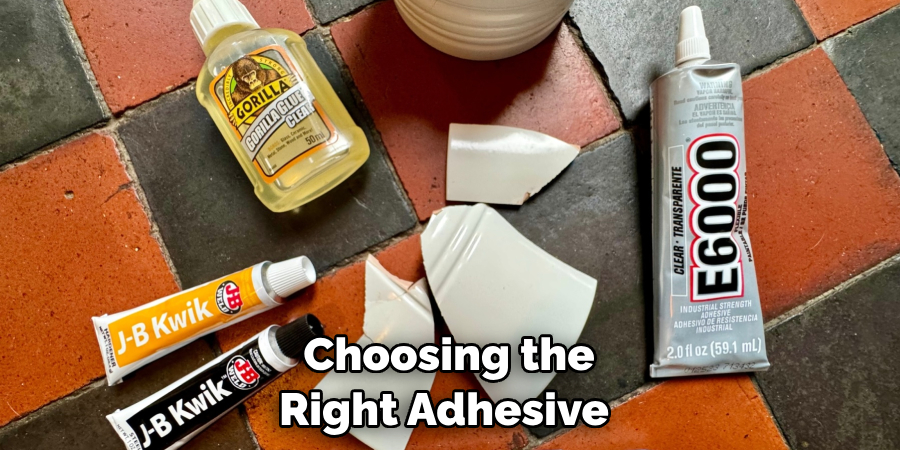
Not properly preparing the broken pieces
Before applying the adhesive, it is important to properly prepare the broken pieces. This includes cleaning off any debris or dust and lightly sanding the edges to create a rough surface for better adhesion. If this step is skipped, your pieces may not bond properly and could eventually fall apart.
Rushing through the drying process
Once you have applied the adhesive and joined the broken pieces together, it is important to allow ample time for the adhesive to dry. Rushing through this process and trying to move on to the next step too quickly can result in a weak bond that may not hold up over time.
Conclusion
In the end, kintsugi pottery is a beautiful reminder that things can be stronger together than apart. As we think about our own personal and professional lives, it serves as a reminder to seek beauty in the brokenness, to find hope in the most difficult of circumstances, and to recognize that with resilience and determination, all things are possible. No matter what life throws at us, never forget that there is strength in the imperfections we carry.
Let’s strive to use our unique journeys to transcend adversity and create something truly beautiful; something worth cherishing forever. So go ahead: embrace your kintsugi pottery within – revel in its glory, bask in its beauty – but most of all, share it with the world. What is kintsugi pottery? It’s a story you create with fortitude, vision, and immeasurable courage.
